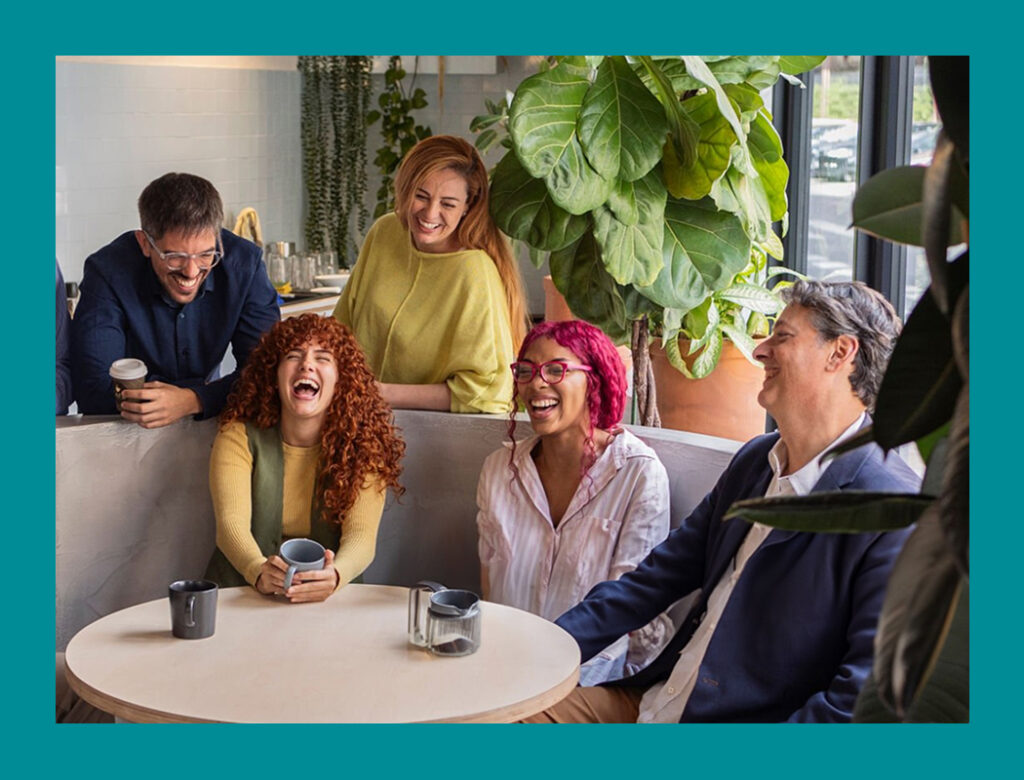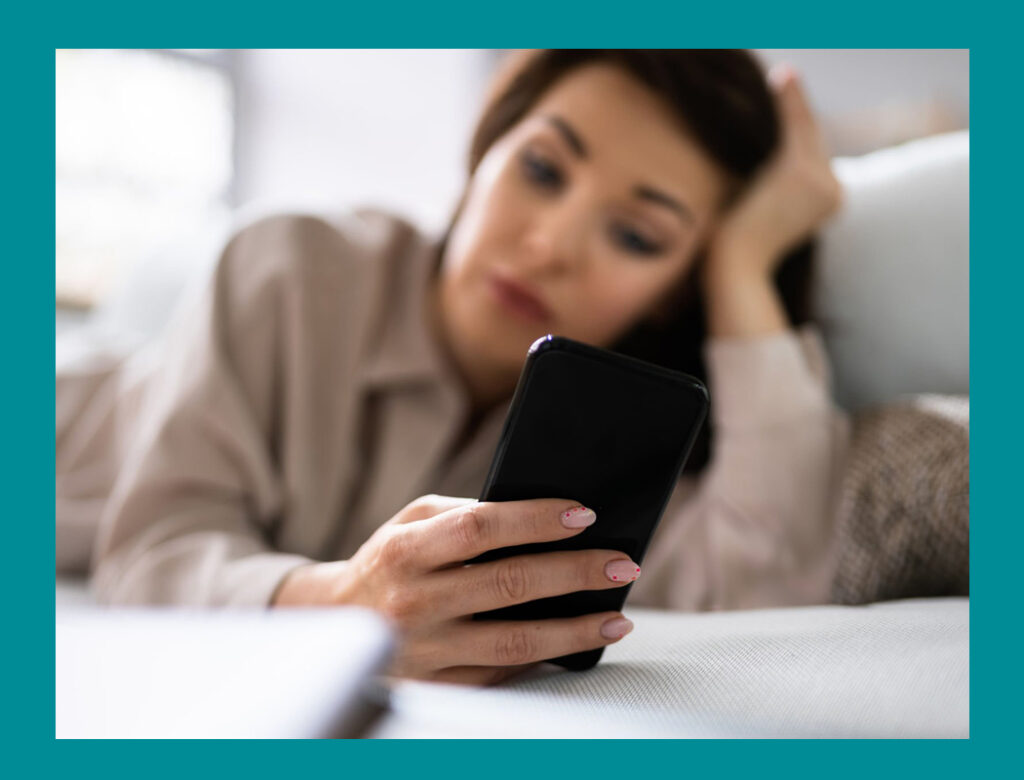
RESEARCH INSTRUMENTS
QUESTIONNAIRES
Here you can find the questionnaires developed by our team.
All instruments available in this section — including questionnaires and experimental stimuli — are freely accessible, and anyone can use them for non-commercial academic and research purposes.
Appropriate citation (provided below each tool) is required when using any of these materials in scientific papers, presentations, theses, or any other publication.
Smartphone Impact Scale (SIS)
The SIS comprises 25 items (26 in its original version) that measure the following dimensions: Loss of control of smartphone use, Nomophobia, Emotion regulation through smartphone usage, Smartphone-mediated communication, Smartphone support to romantic relationships, Smartphone tasks support, and Awareness of negative smartphone impact.
CITATION: Pancani, L., Preti, E., & Riva, P. (2019). The Psychology of Smartphone: The Development of the Smartphone Impact Scale (SIS). Assessment, 27(6), 1176-1197. https://doi.org/10.1177/1073191119831788 (Original work published 2020)

Parental Phubbing Scale (PPS)
The Parental Phubbing Scale (PPS) measures the extent to which children perceive their parents as distracted or inattentive during interactions due to mobile phone use. The scale assesses children’s perceived phubbing separately for each parent through 14 items, seven referring to the mother’s behavior and seven to the father’s. In addition, a global parental phubbing score can be calculated by aggregating responses across both subscales.
CITATION: Pancani, L., Gerosa, T., Gui, M., & Riva, P. (2021). “Mom, dad, look at me”: The development of the Parental Phubbing Scale. Journal of Social and Personal Relationships, 38(2), 435-458. doi: 10.1177/0265407520964866

Quantity and Quality
of Social Connections
This self-report tool measures the quantity and quality of social connections. Participants list people they regularly interacted with over a set period (e.g., past month) and rate their closeness to each on a 5-point scale, reducing recall bias typical of global Likert items.
Originally developed to study migrants’ intergroup ties (Marinucci & Riva, 2021), it can be adapted to other contexts such as online/offline or workplace relations. If no names are listed, a follow-up question distinguishes between having no regular contacts (score = 0) and skipping the item (missing data). Scoring includes the frequency index (sum of the number of people listed), the closeness index (average of the closeness ratings), and the overall quantity and quality of social connections (average closeness multiplied by the number of listed individuals).
CITATION: Marinucci, M., & Riva, P. (2021). How intergroup social connections shape immigrants’ responses to social exclusion. Group Processes & Intergroup Relations, 24(3), 411-435. https://doi.org/10.1177/1368430219894620
Marinucci, M., Mazzoni, D., Pancani, L., & Riva, P. (2022). To whom should I turn? Intergroup social connections moderate social exclusion’s short-and long-term psychological impact on immigrants. Journal of Experimental Social Psychology, 99, 104275. https://doi.org/10.1016/j.jesp.2021.104275
Marinucci, M., Pancani, L., Aureli, N., & Riva, P. (2022). Online social connections as surrogates of face-to-face interactions: A longitudinal study under Covid-19 isolation. Computers in Human Behavior, 128, 107102. https://doi.org/10.1016/j.chb.2021.107102
Traversa, T., Marinucci, M., Tortù, I., Riva, P., & Pancani, L. (2025). Stronger Together: How Social Interactions With Colleagues Promote Prison Officers’ Well‐Being Through Social Identity. Journal of Community & Applied Social Psychology, 35(5), e70162. https://doi.org/10.1002/casp.70162

FEAR OF SOCIAL and physical PAIN SCALE (FSPPS)
The Fear of Social and Physical Pain Scale is a self-report instrument designed to assess fear of pain across two distinct dimensions: fear of physical pain and fear of social pain (i.e., fear of experiences such as rejection, exclusion, or humiliation). The scale was developed to explore whether these two types of fear are related yet psychologically distinct constructs.
Validation studies showed that each type of fear selectively predicts the perception of its corresponding form of pain (physical or social), highlighting the specificity of these constructs and their relevance for understanding individual sensitivity to both physical and social distress.
CITATION: Riva, P., Williams, K. D., & Gallucci, M. (2014). The relationship between fear of social and physical threat and its effect on social distress and physical pain perception. Pain, 155(3), 485-493. https://doi.org/10.1016/j.pain.2013.11.006

TOOLS
Below you can find the tools developed by our team.
All instruments available in this section — including questionnaires and experimental stimuli — are freely accessible, and anyone can use them for non-commercial academic and research purposes.
Appropriate citation (provided below each tool) is required when using any of these materials in scientific papers, presentations, theses, or any other publication.
Phubbing and Resisting Phubbing Video stimuli
These videos were developed as experimental stimuli to investigate how different smartphone-related behaviors affect social interaction. Each one shows a brief social encounter between the viewer (represented by an avatar seen from behind) and another avatar who engages in one of three behaviors: phubbing (ignoring the viewer to use their phone), resisting phubbing (ignoring a phone notification to stay engaged), or control (i.e., social inclusion, maintaining full attention throughout).
Each video lasts 50 seconds, includes background café noise (but no spoken language), and is available in both male and female versions. In the inclusion condition, the avatar maintains eye contact throughout. In the phubbing condition, the avatar checks their phone and stays focused on it. In the resisting phubbing condition, the avatar briefly glances at the phone after a notification but deliberately sets it aside to re-engage.
CITATION: Telari, A., Riva, P., Perugini, M., & Pancani, L. (2024). Converting smartphone interference into favorable consequences for social interactions: the “resisting phubbing” phenomenon. Social Influence, 19(1), 2433943. https://doi.org/10.1080/15534510.2024.2433943

Social Exclusion
Bench Tool
This visual tool assesses intentions to socially exclude others, based on the idea that physical distance mirrors social distance. It correlates with exclusionary intentions but not social desirability (Mazzoni et al., 2021), suggesting low bias.
Participants view a scene (e.g., two people at a bus stop) and choose where to sit; group membership can be specified to study intergroup exclusion (Marinucci et al., 2022).
Implemented as a Qualtrics heatmap, it records click locations to measure physical distance but can be used on any platform with click-based input.
CITATION: Mazzoni, D., Marinucci, M., Monzani, D., & Pravettoni, G. (2021). The Social Exclusion Bench Tool (SEBT): A visual way of assessing interpersonal social exclusion. MethodsX, 8, 101495. https://doi.org/10.1016/j.mex.2021.101495
Marinucci, M., Mazzoni, D., Aureli, N., De Cristofaro, V., Shamloo, S.E., Guarino, A., et al. (2022). Together to welcome, together to exclude Intergroup contact as an antecedent of collective and interpersonal behaviors pro and against migrants. SOCIAL PSYCHOLOGY, 53(4), 244-256. http://doi.org/10.1027/1864-9335/a000497

Ghosting and Rejection Multi-Day Chat Paradigm
This experimental paradigm examines the psychological impact and temporal dynamics of ghosting—ending a relationship without explanation—compared to explicit rejection in online interactions. Participants engage in daily 15-minute text exchanges with a trained confederate over several days (typically 6 or 9), each focused on a predetermined topic. On one day, the interaction is manipulated to produce one of three conditions: Ghosting (the confederate stops replying without explanation), Rejection (the confederate explicitly ends the conversation), or Control (the exchange continues normally).
Participants complete short daily questionnaires assessing emotions, need satisfaction, perceived exclusion, and partner impressions. This ecologically valid, multi-day design tracks how reactions evolve over time and can be adapted to study other forms of social-digital disconnection.
CITATION: Telari, A., Pancani, L., & Riva, P. (2025). The Phantom Pain of Ghosting: Multi-Day Experiments Comparing the Reactions to Ghosting and Rejection. Computers in Human Behavior, 172, 108756. https://doi.org/10.1016/j.chb.2025.108756
